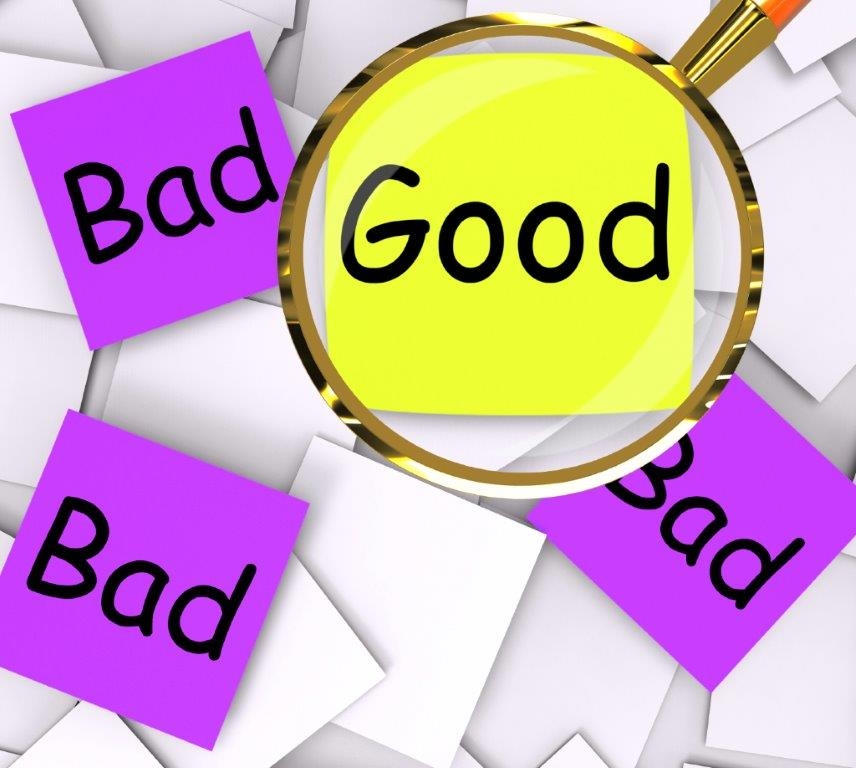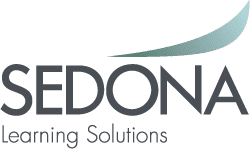
Good is Good, and Bad is Horrid . . .
 My mother use to recite a poem to me that went something like this:
My mother use to recite a poem to me that went something like this:
There was a little girl,
Who had a little curl,
Right in the middle of her forehead.
When she was good,
She was very good indeed,
And when she was bad she was horrid!
—Henry Wadsworth Longfellow
A recent conversation about training brought that poem to mind. Our conversation premise was: Training is either good or bad – no matter how it is served. We spend a lot of time, as learning professionals, making our classroom slides prettier and converting them to e-learning in the hopes of obtaining more time to train more people. After all, we all understand the need to be more LEAN and get more done with less. At least that is what we keep hearing. But don’t mistake the real message—you need to add value to the organization. With Meaningful use, our EHR training needs to focus on outcomes as well, not just point and click.
We can convert slides to web-based training, but if the original program was not producing results, converting the program to e-learning will not get results either. Instead, we need to look at what produces results and then measure our programs against our findings. Learning organizations tend to spend most of their efforts creating and delivering a classroom experience.
However, research shows that the classroom only accounts for 25 percent of learning outcomes. The other 75 percent can be attributed to preparation (25 percent) and follow-up (50 percent) to the formal event itself (from Telling Training’s Story by Robert Brinkerhoff, 2006). So why are we just working harder to create learning “events” instead of learning outcomes? Probably because that is what we are used to doing, and it's within our comfort zones.
We need to change our focus and plan of attack to thrive in this new paradigm. Curriculum designers need to not only follow principles such as adult learning theory and ADDIE, but need to be outcome consultants. Instructors need to change their focus from presenter to facilitator of learning outcomes, and learning managers need to become leadership partners. So, just how do we begin this process?
- First, we need to consider what is important to our organizations. If our leaders are not interested in the results from a program, we should reconsider the offering. We need to focus our attention on those things that matter most to our organizations. If you do not know what matters most, you’d better find out, or you will find that your services do not matter to the organization.
- Second, once we know what is important, we need to determine how we can support the important initiatives. If research shows that most training fails because of lack of follow-up and support, we need to build that into our plans. Most learning professionals are presenters of information instead of facilitators of outcomes. By focusing our efforts less on learning events and more on driving results after the learning event, we will truly start obtaining outcomes and thereby add value to our organizations.
- Third, act as a partner to the organization, but don’t wait for someone to seek you out. Put a plan together, and present the plan so that your leaders see you as a partner. Our leaders are used to the training department being order-takers and event providers at the end of a project. They are not used to training departments being up-front partners and producers of learning outcomes. Until you build that reputation, you will need to leave your training island and walk and talk their language on the mainland.
- Fourth, measure, measure, measure, but don’t be afraid of the results! If you do not meet your goal, at least you will know it. If you are measuring, you have the opportunity to do something about the results. Keep partnering with your leaders and driving results through reinforcement. As you obtain results, be sure to compile your evidence and present the evidence to your stakeholders.
Gone are the days when offering nice training events was enough. Simply converting good training events to e-learning will not hit the mark either. To jump on the bandwagon of LEAN and efficient, we as learning professionals need to change our focus from learning events to learning outcomes. We need to add value, and then our organizations can say we are “very good indeed!”
At Sedona Learning, we focus on learning outcomes! Let us know if we can assist you.
AUTHORED BY:
Linda Hainlen
Linda Hainlen is the Director of Business Development at Sedona Learning Solutions and a Kirkpatrick Certified Facilitator. Linda has over 20 years of proven experience as a training manager–including real world experience applying the Kirkpatrick principles. Linda is an engaging facilitator who authentically connects with audiences by bringing concepts to life through sharing her own experiences from working in a highly regulated industry. Under Linda’s leadership, her division was awarded the highly prestigious ASTD Best award in 2011. Linda has been published multiple times including a white paper co-written with Jim Kirkpatrick on the topic of healthcare. She has spoken at several international conferences and worked with companies from around the world to improve their effectiveness and achieve measurable outcomes.

